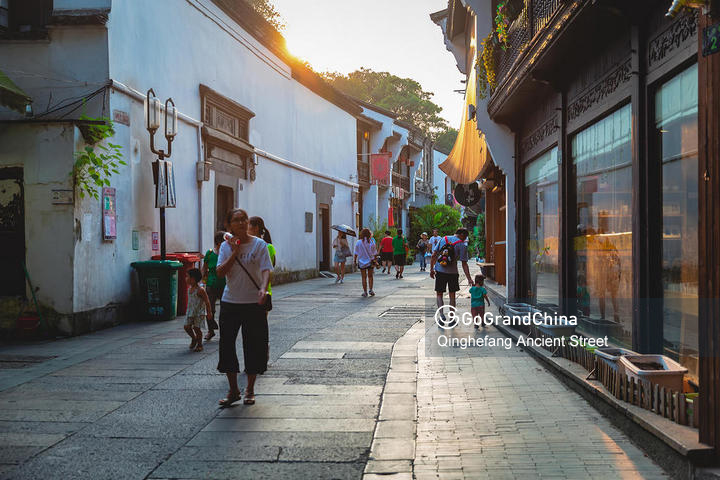You have no items in your shopping cart.
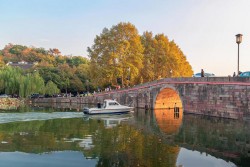

You can’t go to Hangzhou and not see these 5 must see Hangzhou attractions
Hangzhou was Marco Polo’s favorite city in China. Marco Polo wrote, “it is without a doubt the finest and most splendid city in the world.”. Hangzhou is the capital and most populous city of Zhejiang province. Hangzhou grew to prominence as the southern terminus of the Grand Canal and has been one of the most renowned and prosperous cities in China for much of the last millennium. If you’re planning a trip to Hangzhou, no matter the length, there are some sights you just need to see. To help you plan your trip to Hangzhou, we’ve created a list of the 5 must see Hangzhou attractions for your reference. Use this as a checklist if you want to make the most out of your Hangzhou trip.
Here are 5 stunning Hangzhou tourist attractions you have to visit when you are in the city!
1. West Lake
West Lake is a freshwater lake located in the western area of Hangzhou’s historic centre. The very definition of classical beauty in China, West Lake is utterly mesmerising: pagoda-topped hills rise over willow-lined waters as boats drift slowly through a idyll of leisurely charm. Walkways, perfectly positioned benches, parks and gardens around the banks of the lake offer a thousand and one vantage points for visitors to admire the faultless scenery. Surrounded by mountains on three sides, West Lake has influenced poets and painters throughout Chinese history for its natural beauty and historic relics, and it has also been among the most important sources of inspiration for Chinese garden designers. It was made a UNESCO World Heritage Site in 2011, described as having "influenced garden design in the rest of China as well as Japan and Korea over the centuries" and reflecting "an idealized fusion between humans and nature". Get more about West Lake.
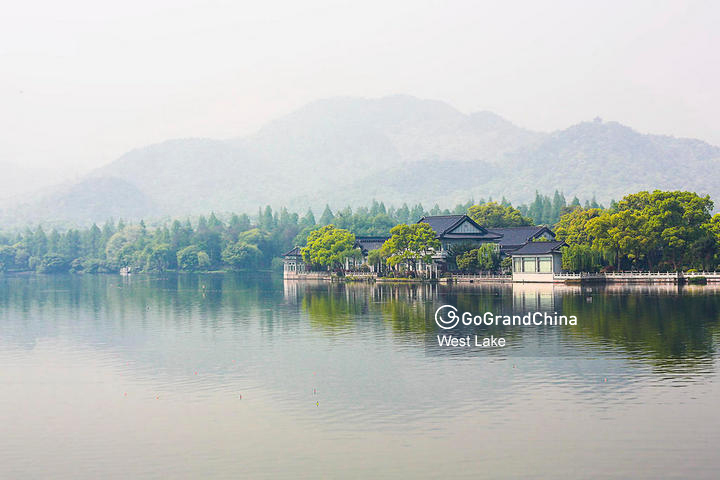
2. Lingyin Temple
Lingyin Temple is a Buddhist temple of the Chan sect located at the west end of the West Lake. The temple's name is commonly literally translated as Temple of the Soul's Retreat. Lingyin Temple was originally built in AD 326, but has been destroyed and rebuilt no fewer than 16 times. The Hall of the Four Heavenly Kings is astonishing, with its four vast guardians and an ornate cabinet housing Maitreya Buddha (the future Buddha). The Mahavira Hall contains a magnificent 20m-high statue of Siddhartha Gautama (Sakyamuni), sculpted from 24 blocks of camphor wood in 1956 and based on a Tang dynasty original. Lingyin Temple is one of the largest and wealthiest Buddhist temples in China, and contains numerous pagodas and Buddhist grottoes. Get more about Lingyin Temple.
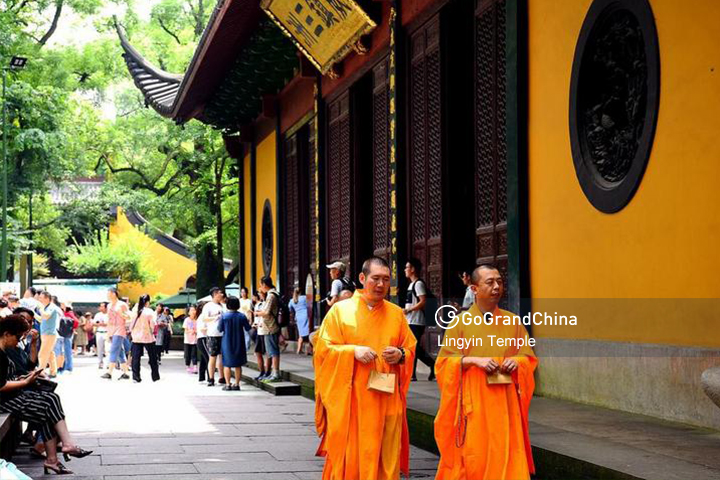
3. Longjing (Dragon Well) Tea & Meijiawu Tea Village
Longjing (Dragon Well) tea is one of the most prized and expensive teas in China, it has a light yet unmistakable fragrance and calming taste. The best harvests are traditionally reserved for government officials and the wealthy elite. Meijiawu is Located west of Hangzhou's West Lake and surrounded by green mountains with picturesque scenery where China's best quality Longjing (Dragon Well) tea is produced. Meijiawu is an ancient village with a history of more than 600 years. As an important and the largest production base of Longjing Tea in Hangzhou, there are 500 households living in the village. The tea plantation covers an area of more than 800,000 square meters. Enjoy the natural environment and beautiful village scenery while learning Chinese green tea culture and learn how to make the Longjing Tea including tea leaves picking, frying and tasting. Get more about Meijiawu Tea Village.
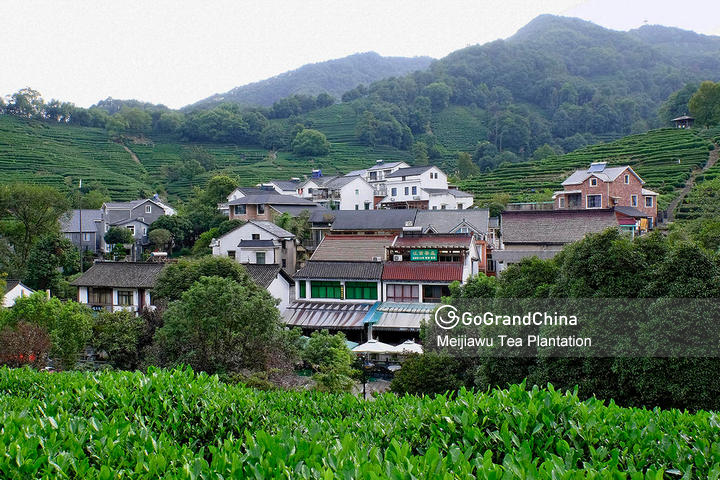
4. Six Harmonies Pagoda
Six Harmonies Pagoda, is a multi-story pagoda located at the foot of Yuelun Hill, facing the Qiantang River. The name of Six Harmonies comes from the six Buddhist ordinances and it is said that the reason for building the pagoda was to calm the tidal bore of the Qiantang River which is one of the world's largest tidal waves and served as a lighthouse. It was originally constructed in 970, destroyed in 1121, and reconstructed fully by 1165, during the Southern Song dynasty (1127–1279). After the current pagoda was constructed of wood and brick during the Southern Song dynasty, additional exterior eaves were added during the Ming (1368–1644) and Qing Dynasties (1644–1911). The pagoda is hexagonal in shape, some 59.89 metres (196.5 ft) in height and it has 13 stories, each embellished with beautiful paintings and wall carvings. Get more about Six Harmonies Pagoda.
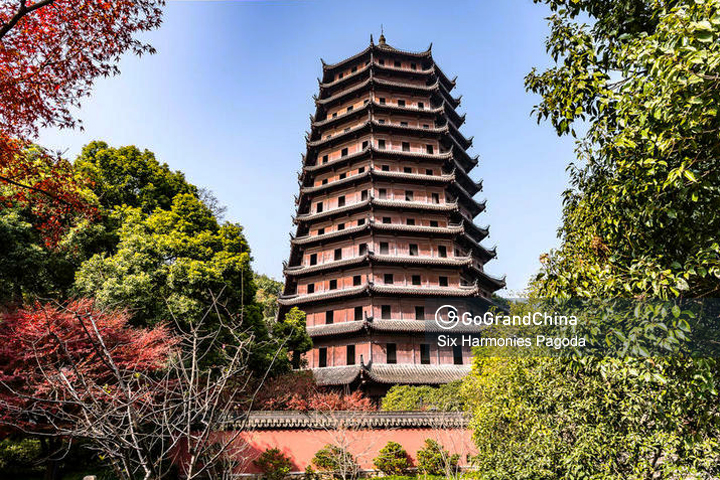
5. Qinghefang Ancient Street
Qinghefang Ancient Street is one of the oldest streets and is the only well persevered antique historic street in Hangzhou. It derived from the Southern Song Dynasty and became prosperous in the Qing Dynasty. The buildings in the street were mostly constructed during the Ming and Qing dynasties. Qinghefang is a crowded and bustling pedestrian street, with makeshift puppet theatres, teahouses, and gift and curio stalls selling everything from stone teapots to ginseng and silk. It’s also home to several traditional medicine shops, including the Huqing Yutang Chinese Medicine Museum, which is an actual dispensary and clinic. Get more about Qinghefang Ancient Street.
